The word “shutdown” is perhaps the most beloved and feared word in Formula 1. During the summer break, teams are required to shut down for two weeks and are not allowed to work on the car. A blessing for the drivers who get a break. But what’s stopping teams from continuing to develop in secret? A dive into the F1 code.
Anyone who dares to follow Formula 1 drivers on social media finds it impossible to avoid them.
Images of sunny beaches, luxury boats, cocktail parties, outings with friends… there is no shortage of summer relaxation among 20-something low-riders on four wheels.
It is clearly a logical consequence of the summer holidays. – two weeks during which cars must be locked up. Even thinking about improvements is almost forbidden.
Heroes use it hard to enjoy it to the fullest, but for engineers and team leaders it’s basically an exercise in abandonment.
Lock and key and strict rules
The law is the law and it is harsh.
In this case, Article 24.1 of the F1 Regulations prevails. It states that “each team must take a complete 14-day break in July/August”.
In concrete terms: No idea to make the car faster may ever appear on the drawing board. No research or development of parts is allowed either. The wind tunnel? It will almost certainly remain closed for testing.
“We can’t go into the factory, we can’t access our emails and we’re not even allowed to contact our colleagues about work,” said a Williams Racing team employee, who had put everything aside for a short summer sleepover.
All this for peace of mind for all involved in day-to-day operations and to stay within the all-important cost cap – the maximum spend in one year – of F1.
Buildings are closed to engineers. Cleaning crews are welcome to thoroughly clean the offices.
Won’t some aerodynamicists sneak in through the back door to tamper with the projects?
Well, that’s what the FIA - the sport’s governing body, so to speak – is trying to restrict. The body monitors wind tunnel activity and can request email traffic.
Violations will result in fines or other penalties. Just think about spending less time in the wind tunnel, which is vital for testing what makes a car faster.
That doesn’t mean these controls are watertight. For example, teams can choose which 14 consecutive days they will finish, and there’s about two weeks of wiggle room. It’s also impossible to track (phone) communications between engineers.
Then there’s the eternal excuse when teams suddenly show up with an improved car: “These parts have been in the works for some time.”
So don’t be surprised if teams come up with upgrades this weekend in Zandvoort.

“Subtly charming internet specialist. Avid writer. Friendly alcohol guru. Music ninja. Devoted social media fanatic.”


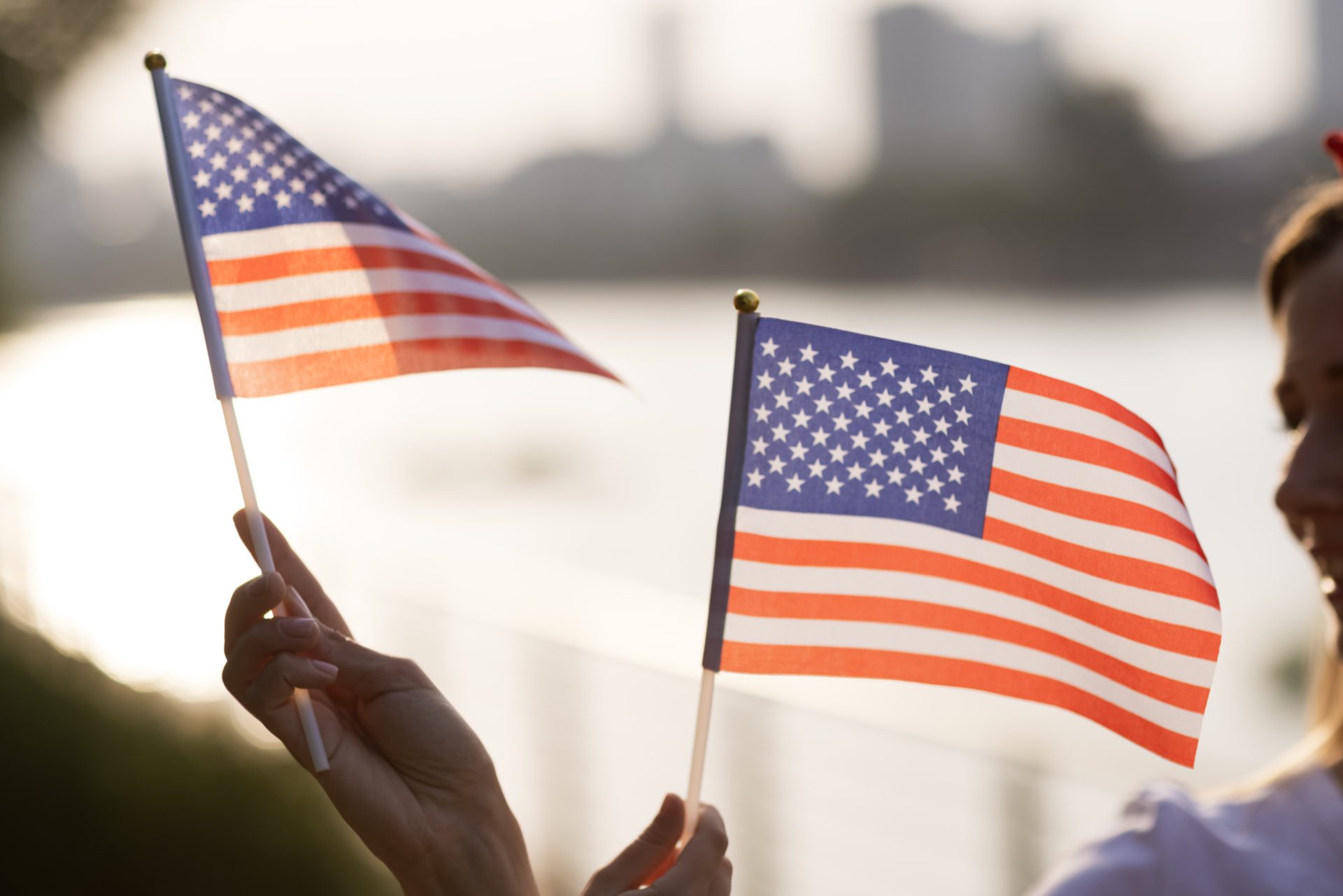



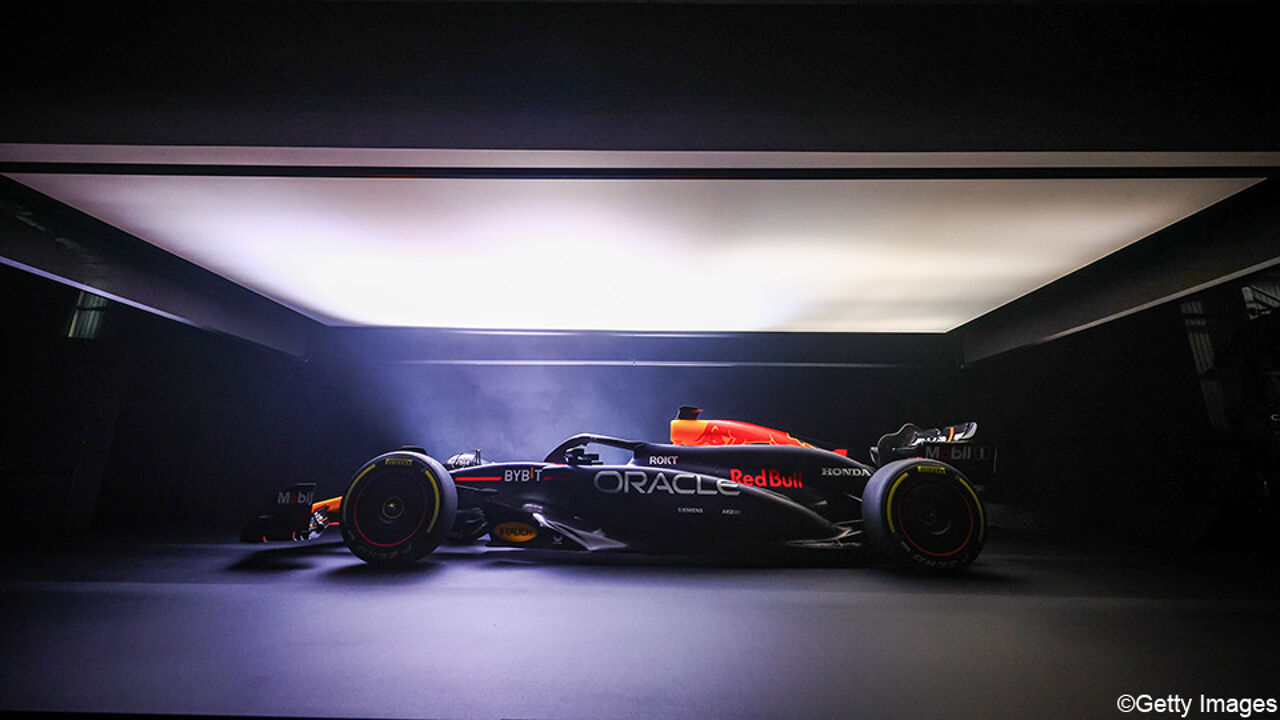



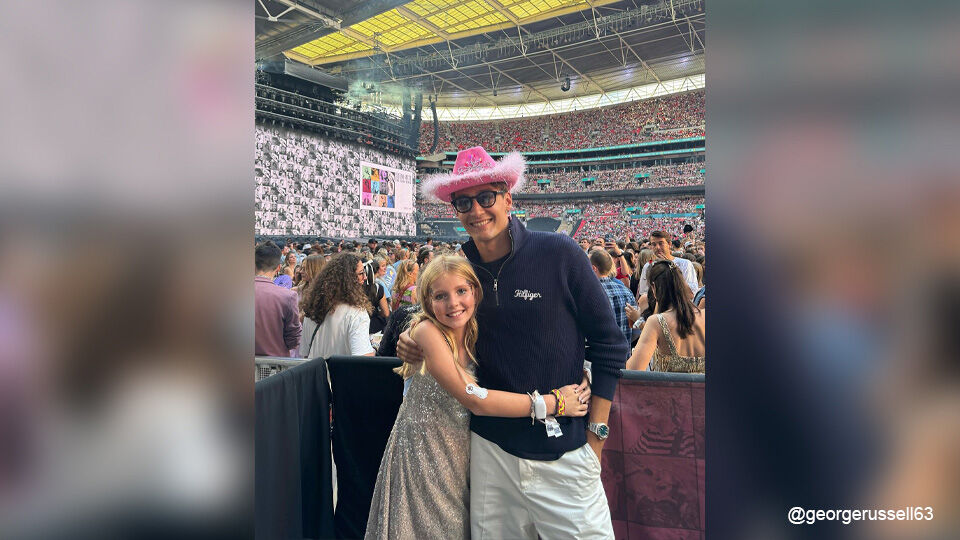


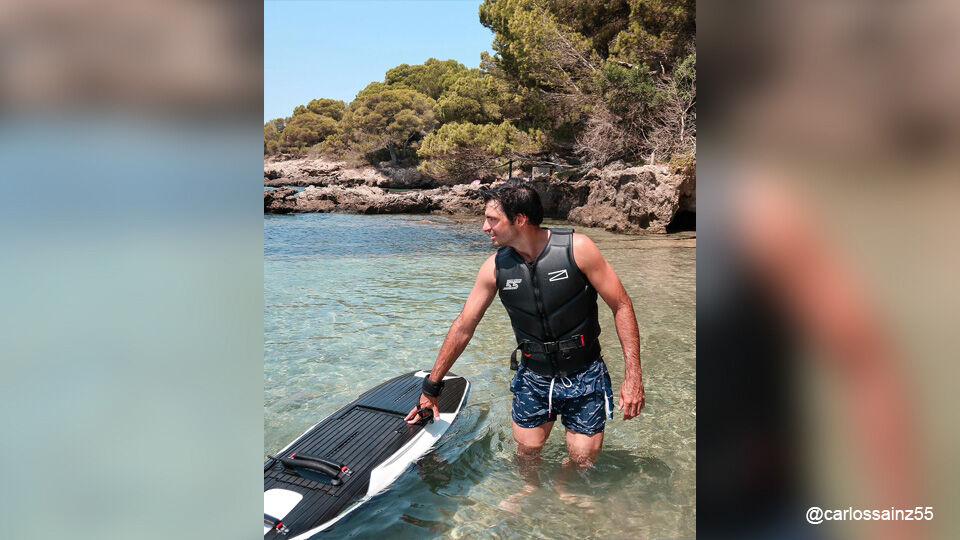

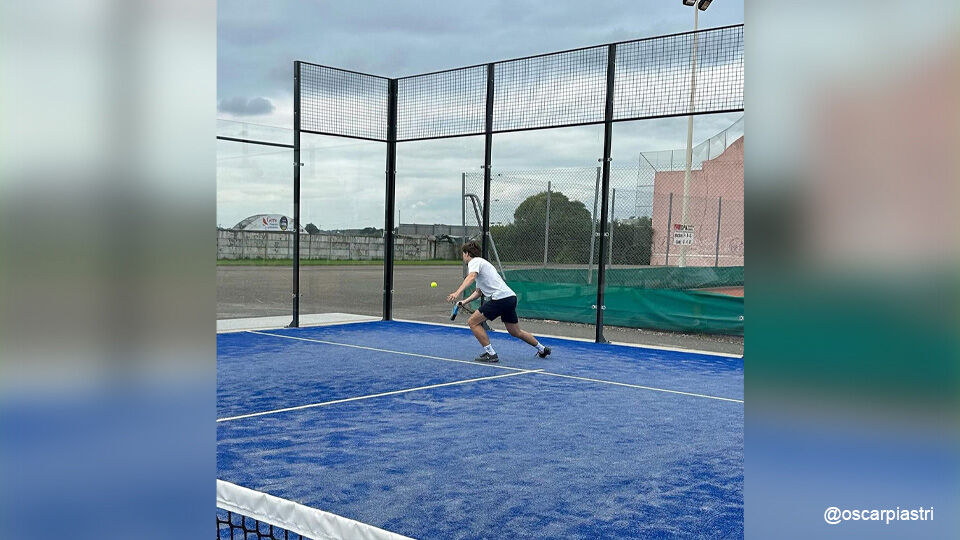

More Stories
Subscribe! Cristiano Ronaldo is now also breaking a world record with… a brand new YouTube channel
Robert Stannard explains for the first time about his long doping ban, just before his comeback
Antwerp make $1m bid for new striker